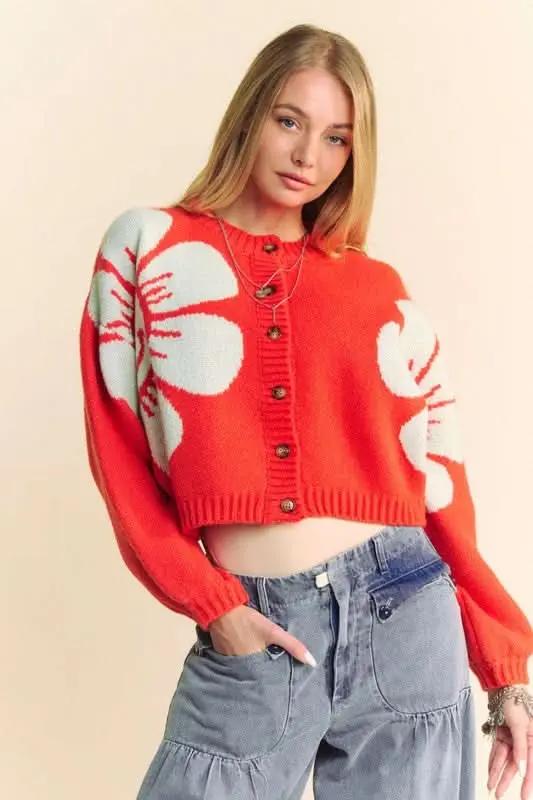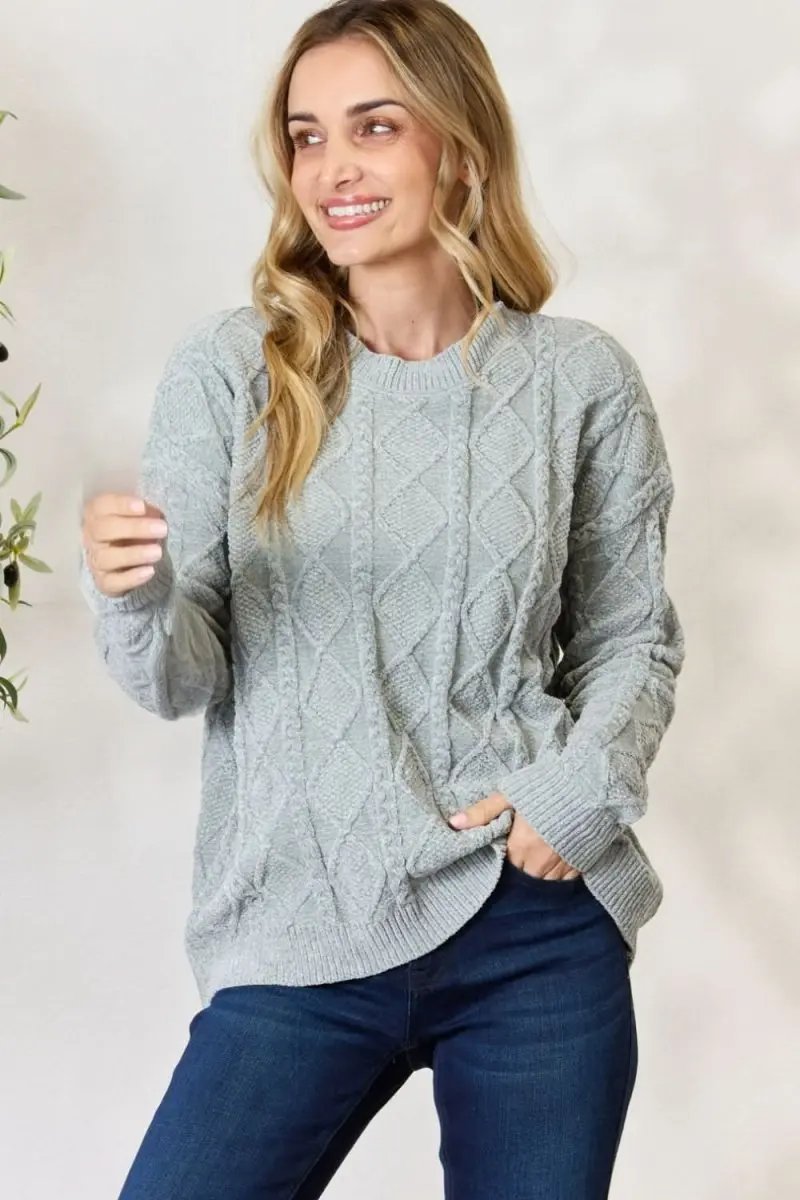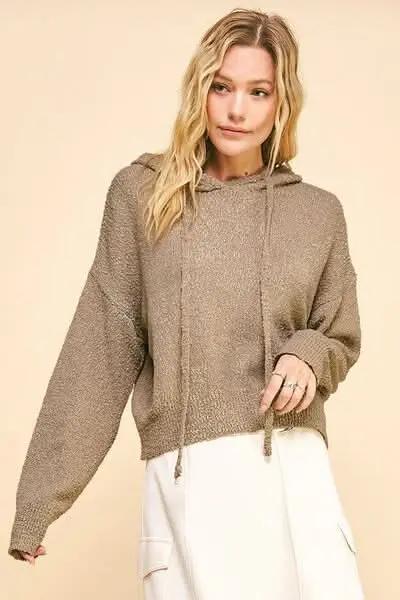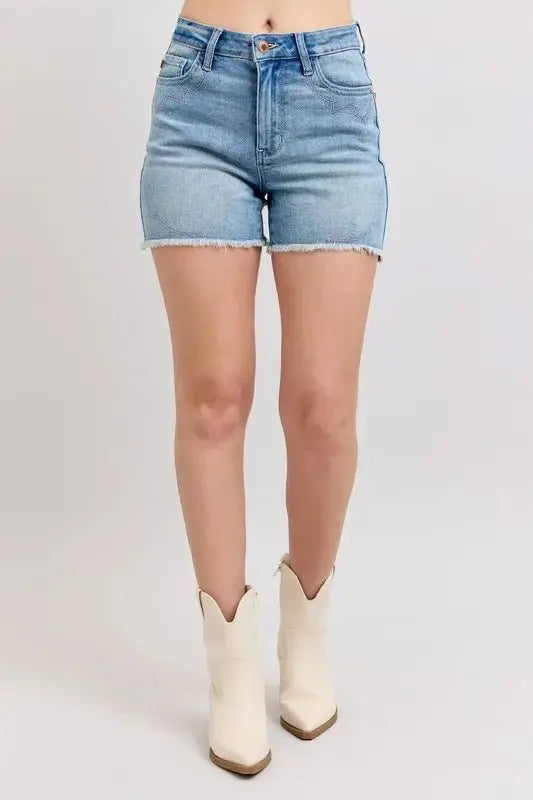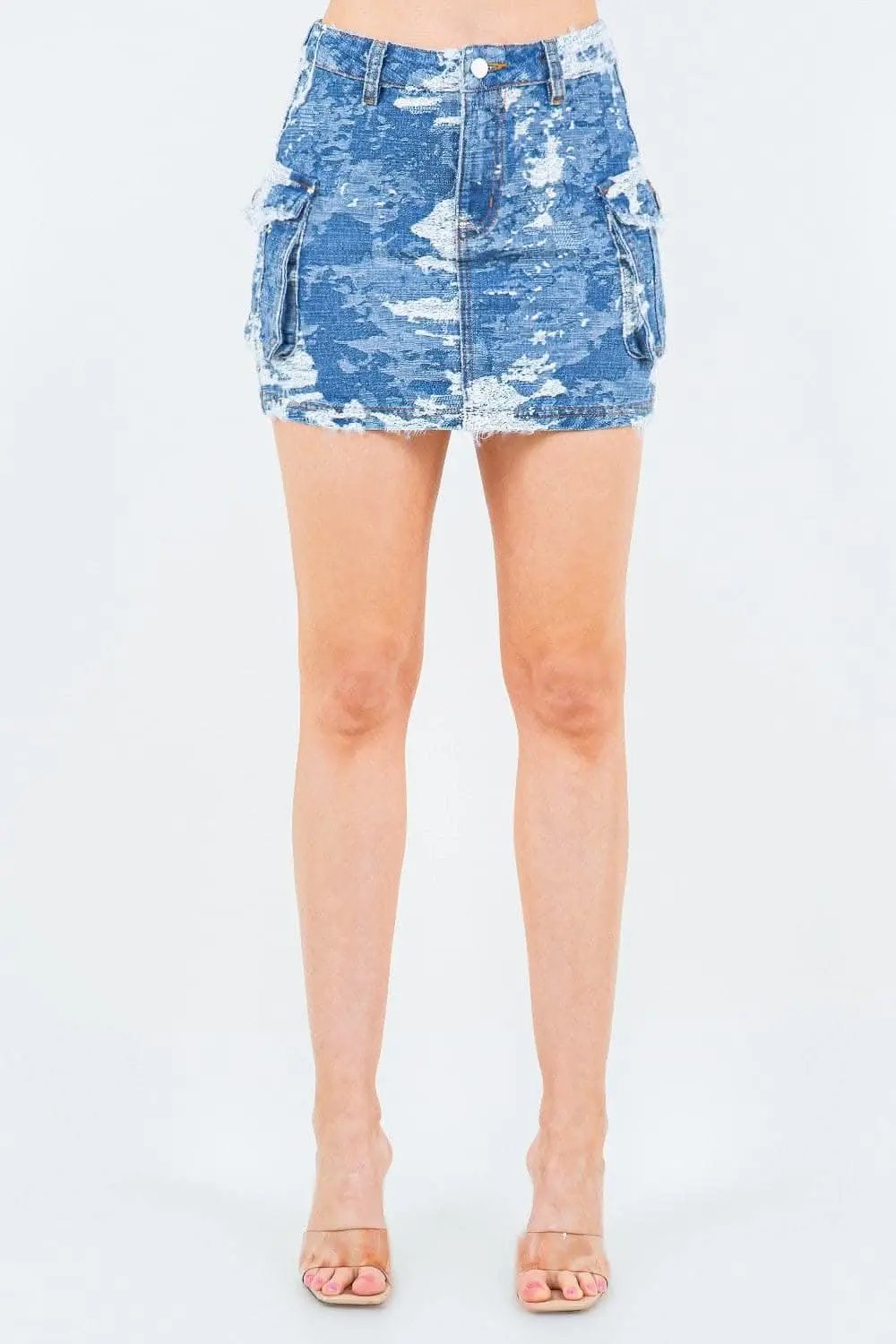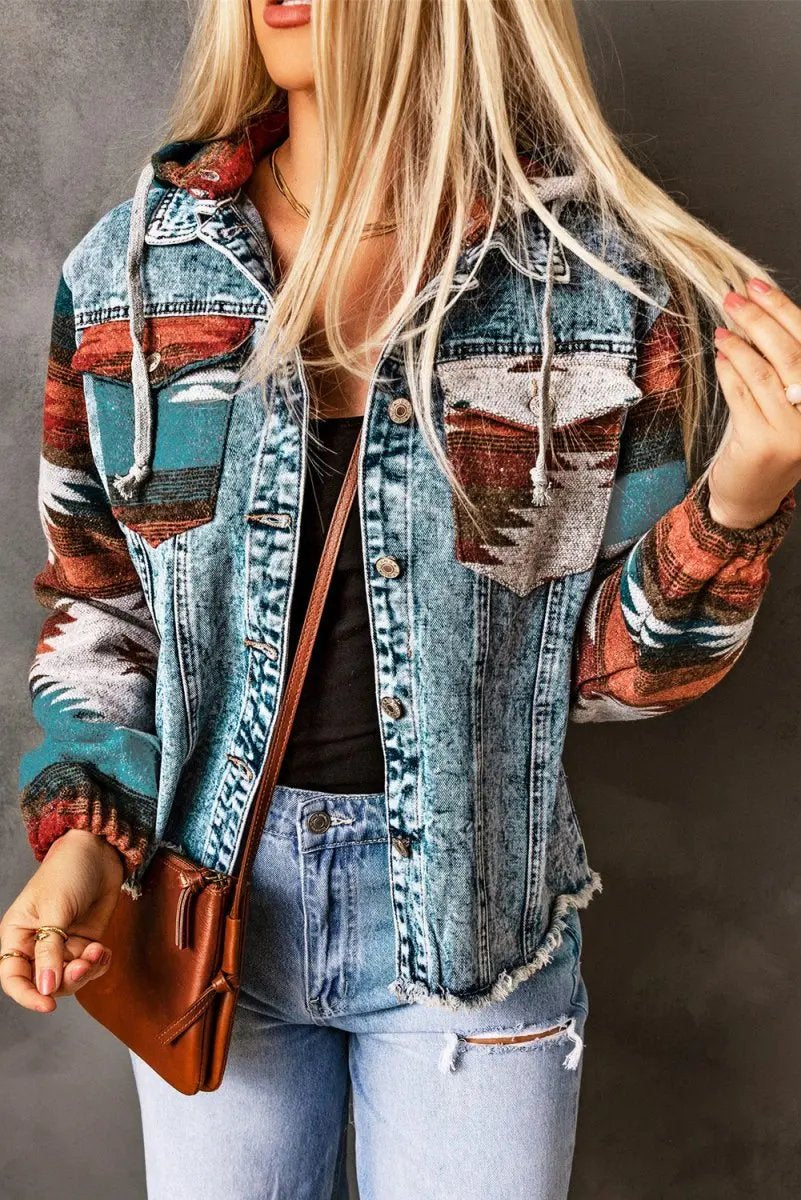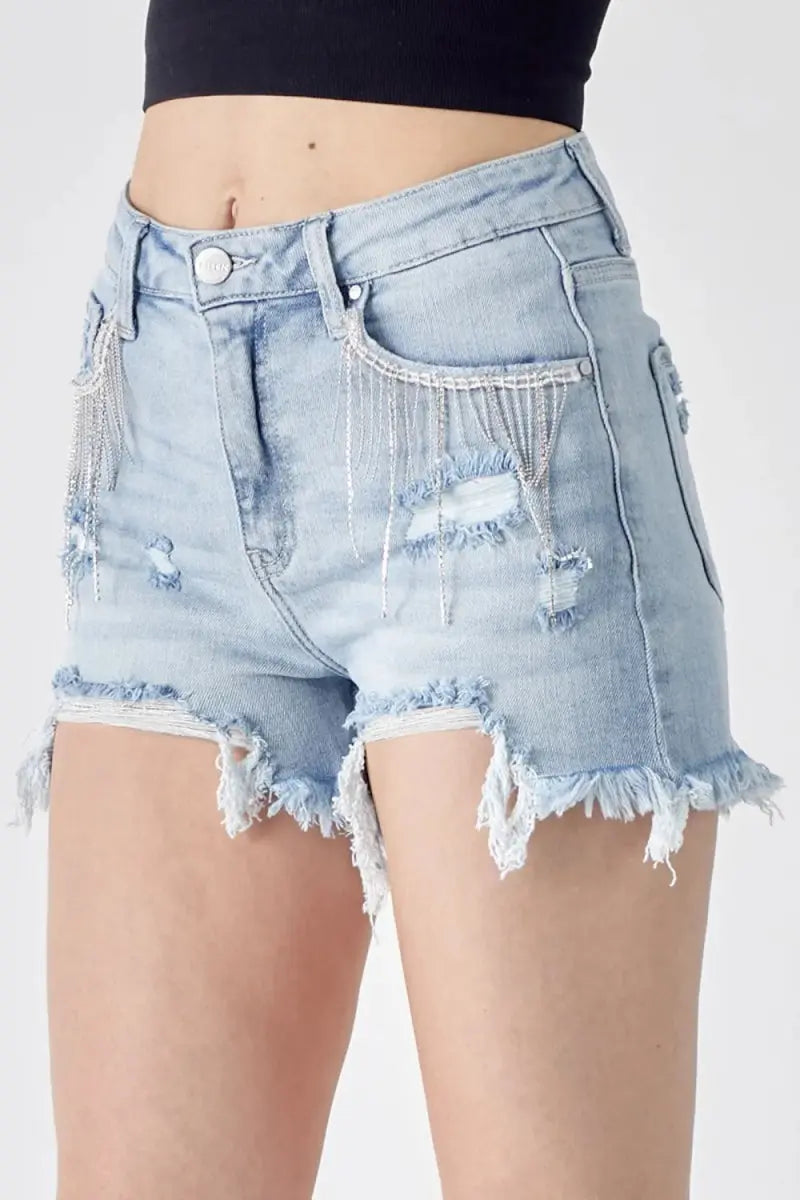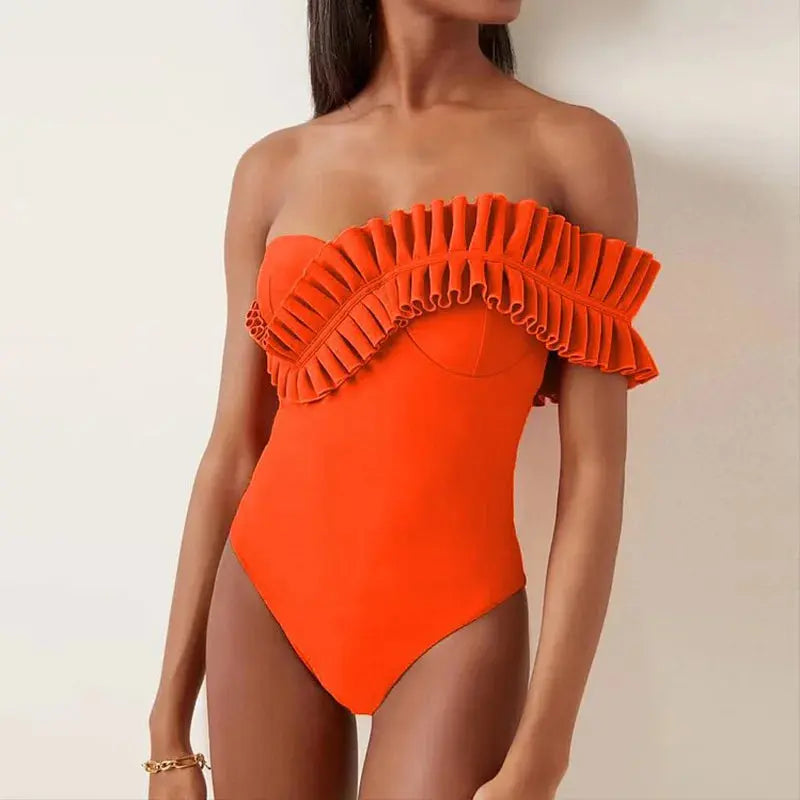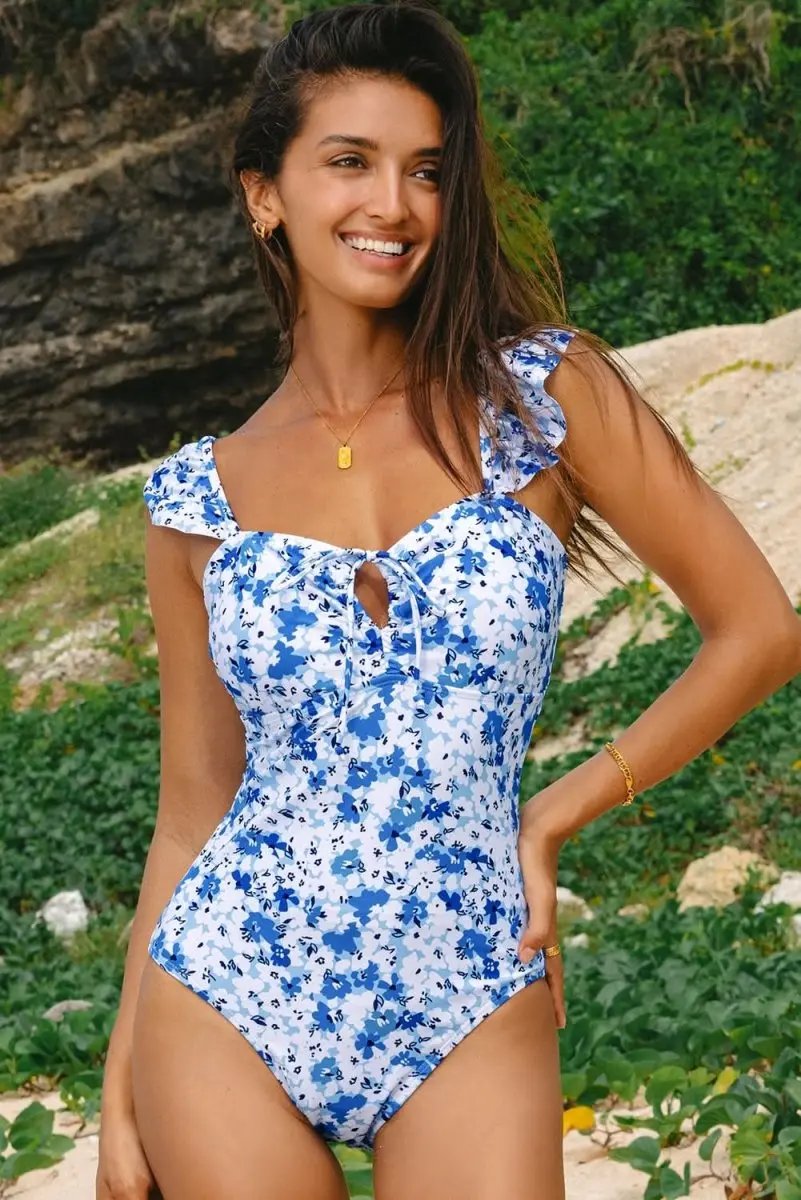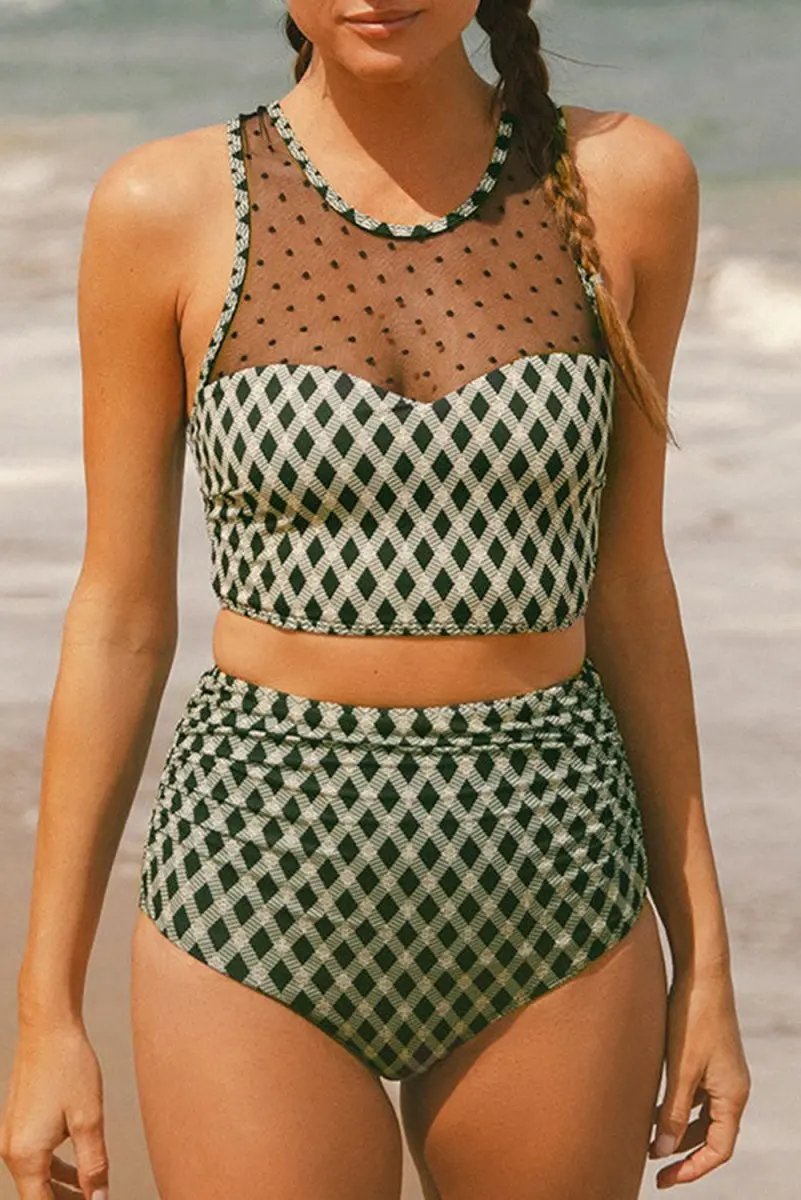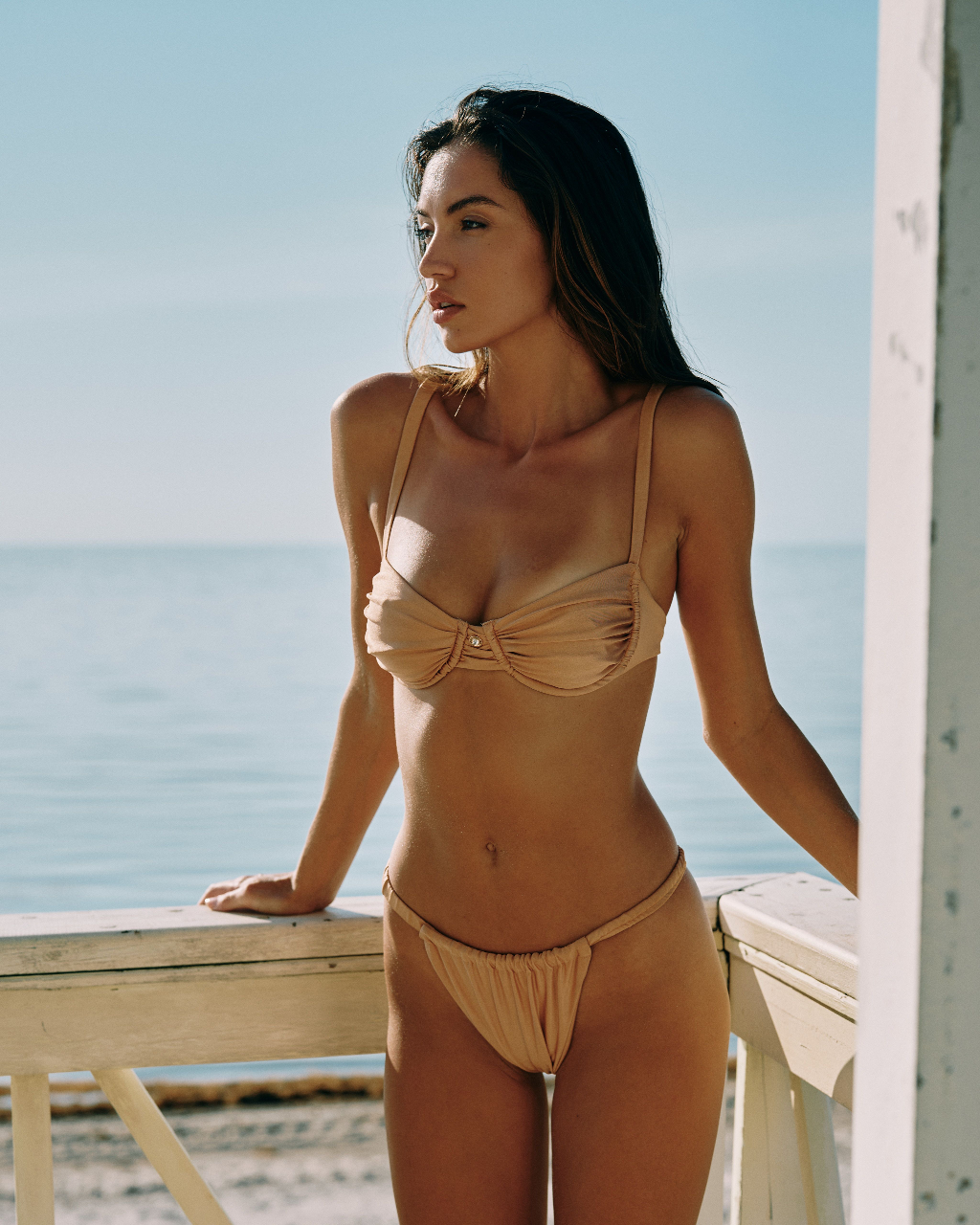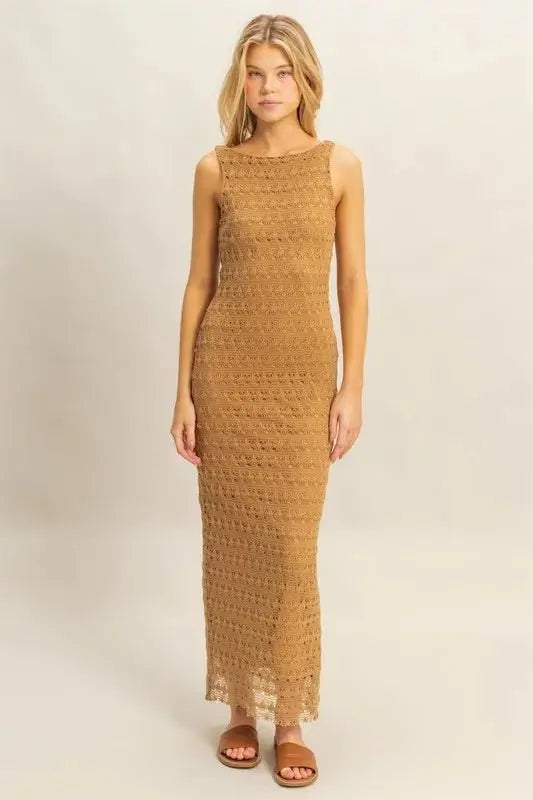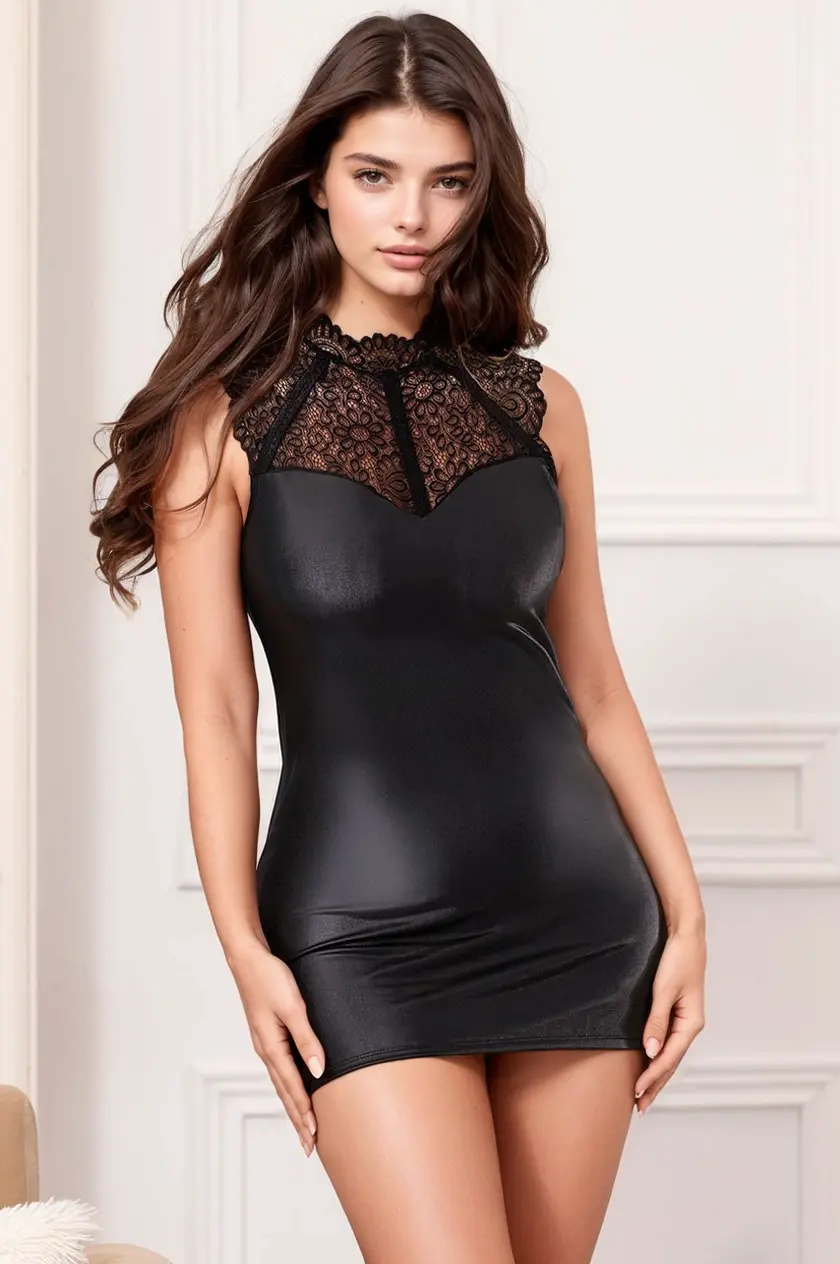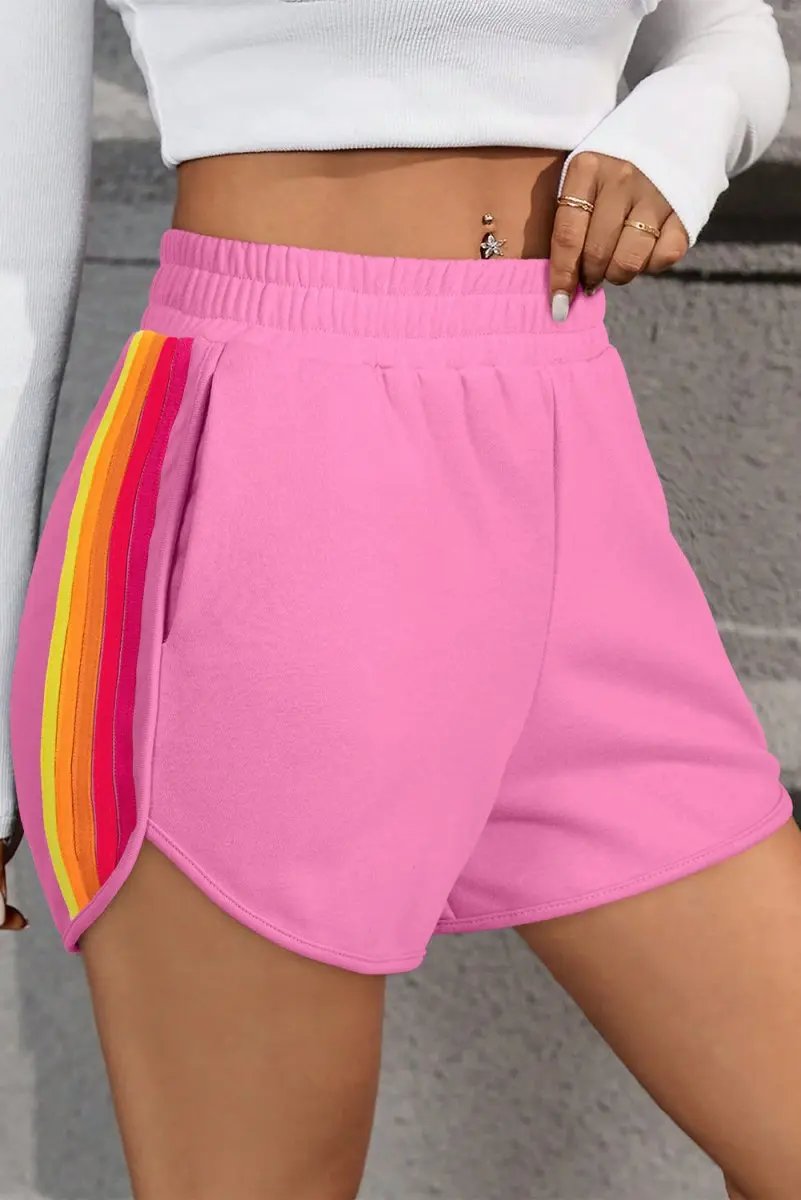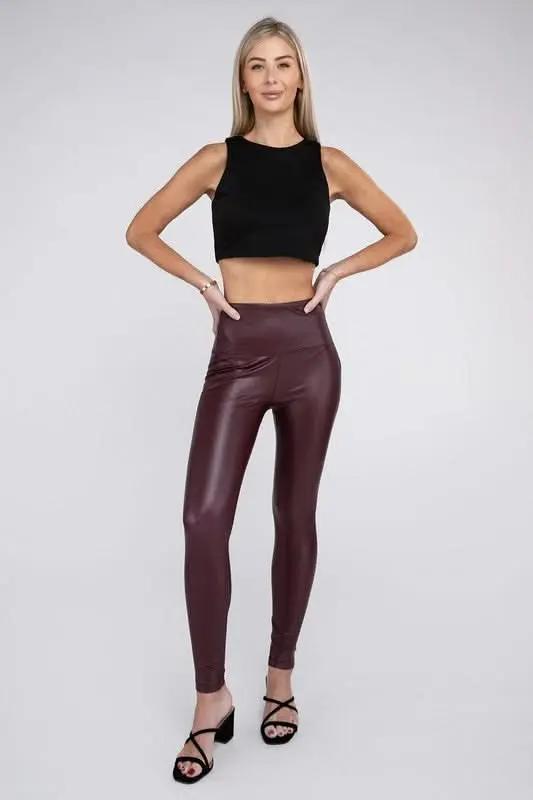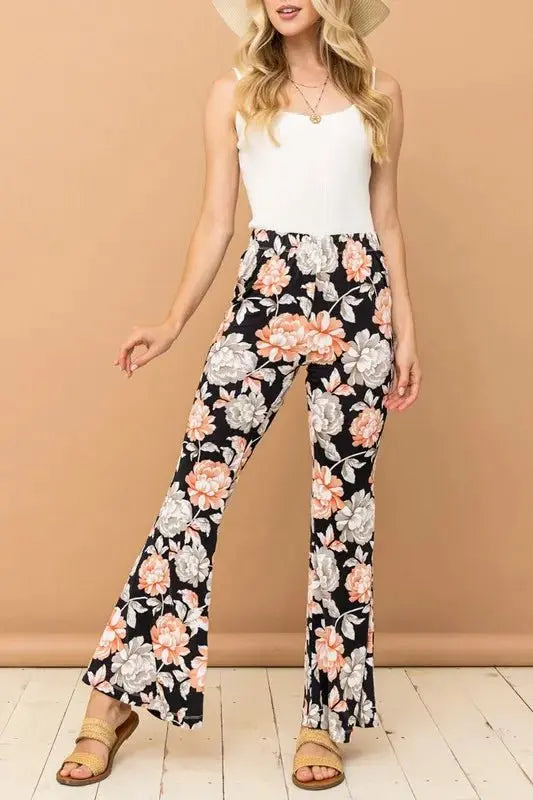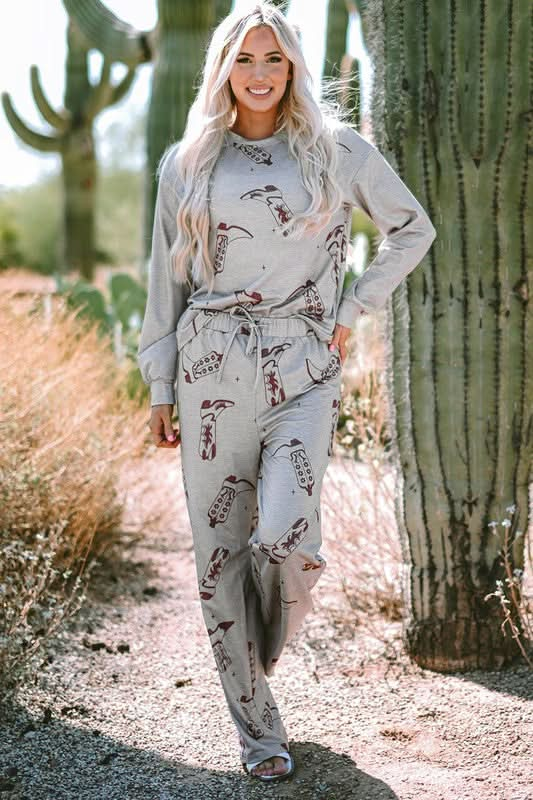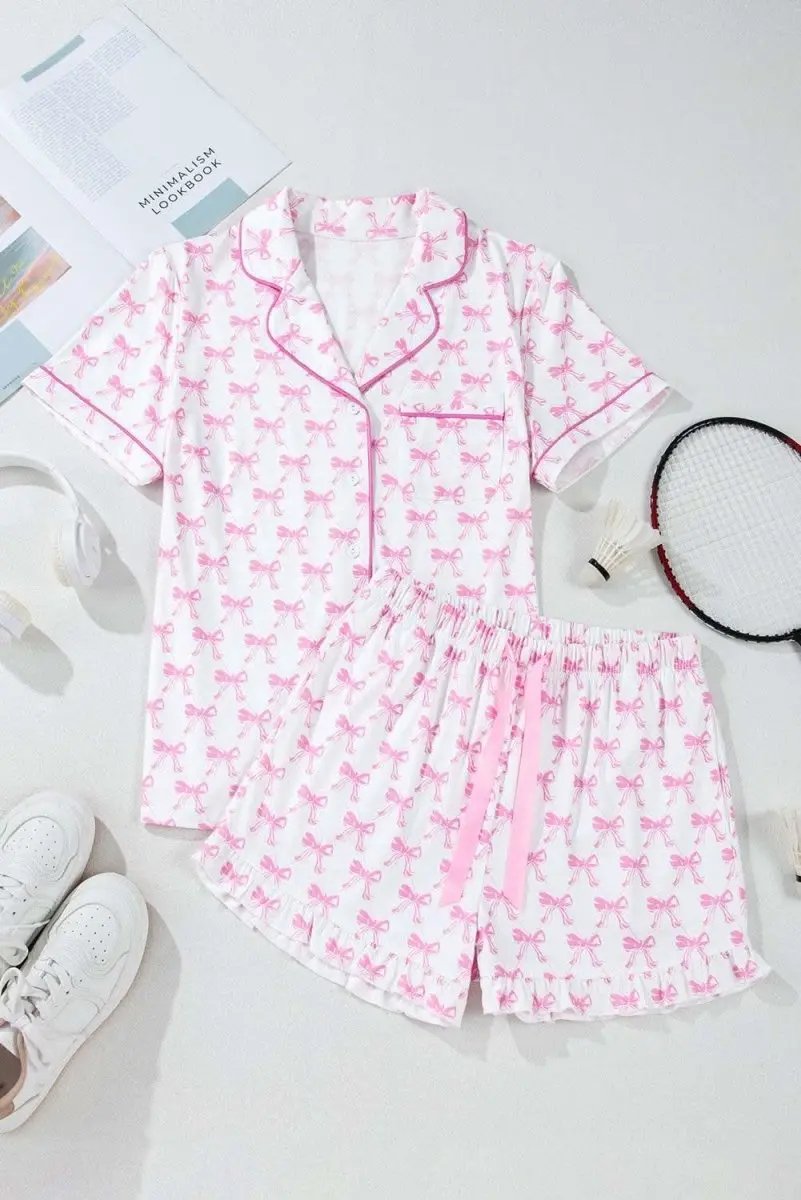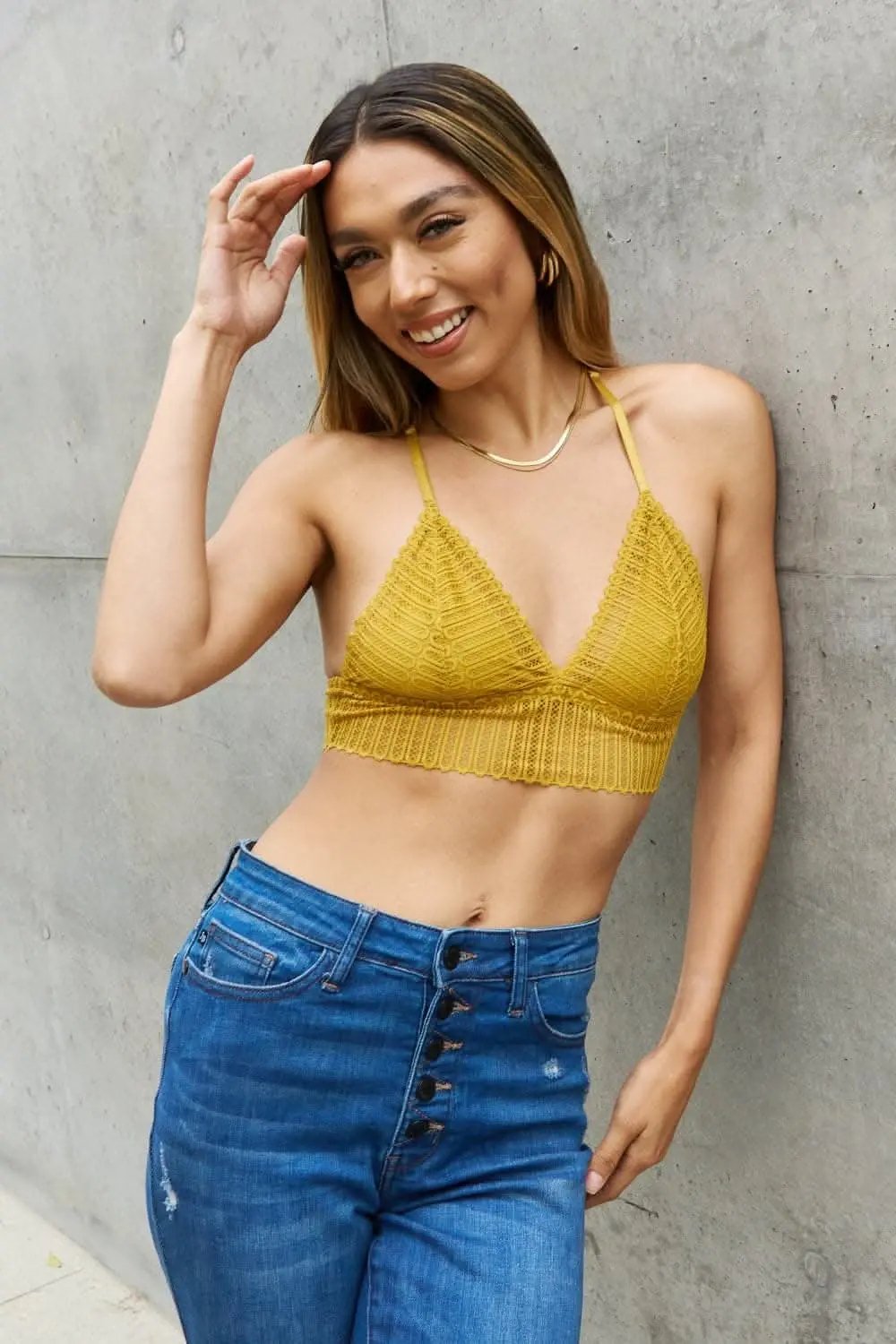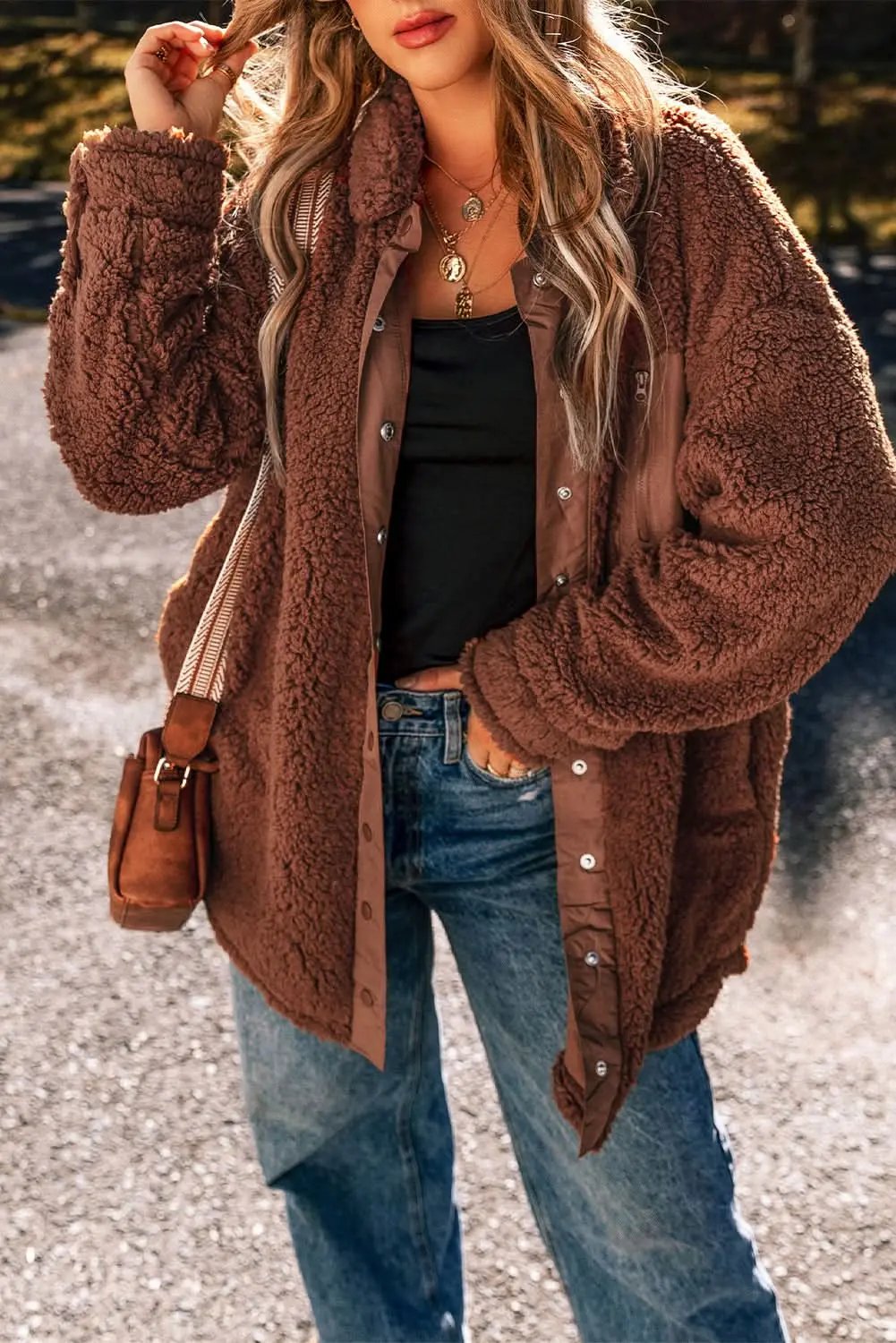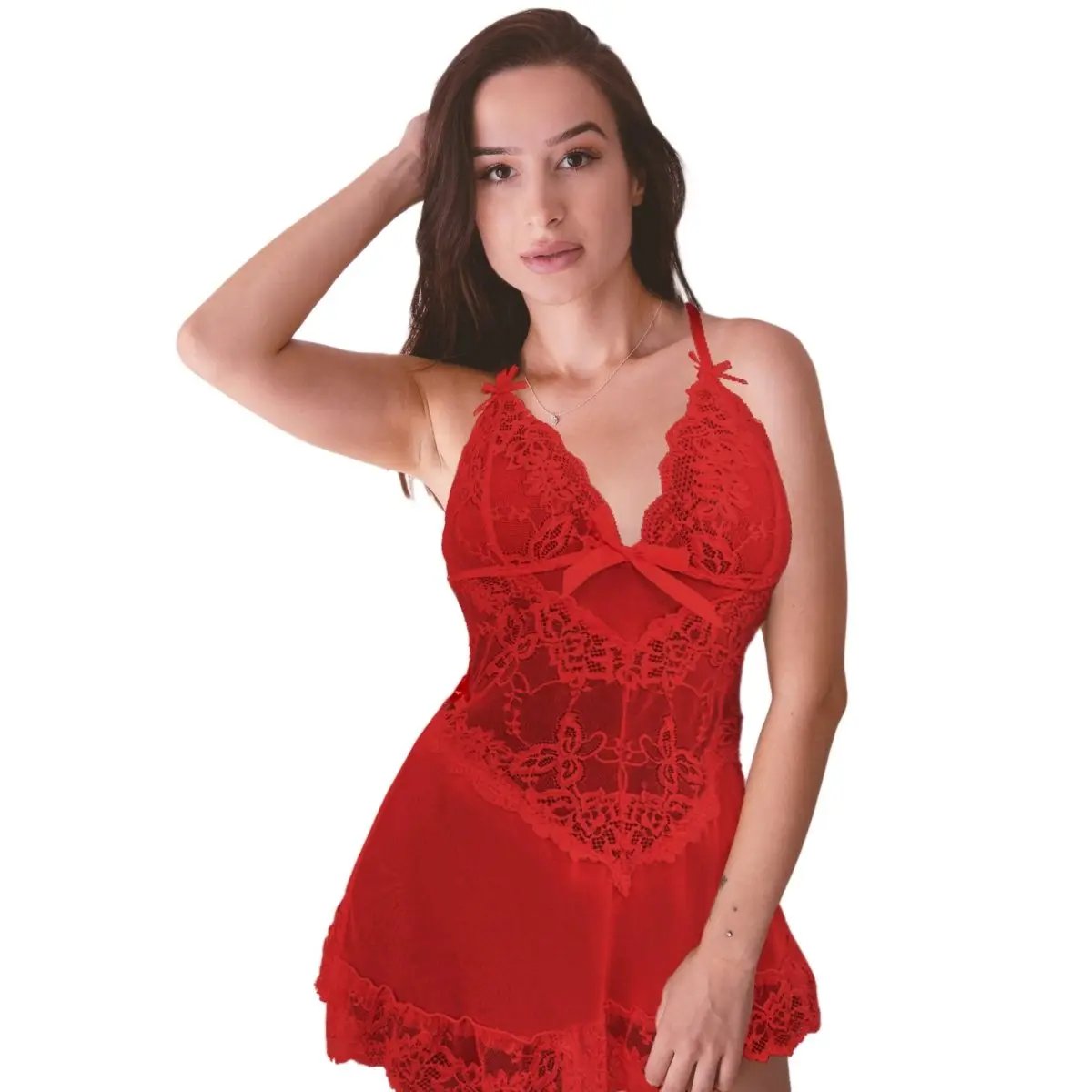Plus-Size Capsule ROI: A Cost-Per-Wear Guide to Building a Sustainable, Flattering Wardrobe with Flying Tomato
Introduction: Why ROI and CPW Matter for Plus-Size Shoppers in 2025
Creating a wardrobe that truly works for your life, body, and values is one of the best ways to save money, reduce waste, and feel confident every day. For plus-size shoppers, good fit and supportive construction are essential — and often harder to find. Cost-per-wear, or CPW, turns each clothing purchase into an investment decision. When you calculate CPW, you favor pieces that will be worn repeatedly, fit well, and last longer. This guide will help you build a flattering, sustainable plus-size capsule featuring pieces from brands like Flying Tomato, with practical steps, examples, and tools to maximize wardrobe ROI.
Core Concepts: What Is Cost-Per-Wear and How to Use It
- Cost-per-wear = Purchase price divided by number of wears. It converts subjective value into a measurable number.
- Think of CPW as a long-term metric. A $150 well-fitting blazer worn 300 times has a lower CPW than a $30 fast-fashion dress worn twice before fading.
- CPW also captures intangible returns like confidence, comfort, and reduced decision fatigue — factors that increase the real-life value of a piece.
When assessing CPW, estimate realistic wear counts across the garment's lifespan and include the cost of minor tailoring or repairs in the total purchase cost.
Why Flying Tomato Is Worth Considering for a Plus-Size Capsule
Flying Tomato is widely recognized for inclusive sizing and pieces designed to flatter curves. While no single brand will fit every body type, Flying Tomato often offers:
- Extended sizing with attention to proportion.
- Supportive swimwear and structured basics that work well in capsules.
- Styles with stretch and durability that lend themselves to repeated wear.
Pairing Flying Tomato staples with tailored items and neutral basics can form the backbone of a flattering capsule wardrobe.
Step 1: Closet Audit and Tracking to Create a Baseline
Start by recording what you already own and what you actually wear. This gives you data to estimate future wears and to spot gaps.
- Wear log: Track outfits for 2 to 6 weeks. Note which items you wear, how often, and why you like them.
- Inventory: List every piece that you consider part of your everyday wardrobe. Include shoes and outerwear.
- Emotion and fit notes: Mark pieces that feel great and those that sit unworn because of fit, color, or comfort.
Use this audit to identify the 6 to 12 pieces that already provide the highest ROI so you can build around them.
Step 2: Define Your Capsule Parameters
Decide on the size and purpose of your capsule based on lifestyle and climate. A practical plus-size capsule often falls between 20 and 30 items, including shoes and outerwear.
- Lifestyle categories: work, casual, active, and special occasion. Prioritize the categories you actually need.
- Season planning: Build a year-round capsule or create seasonal sub-capsules if climates change.
- Color strategy: Choose 2 neutrals, 2 supporting colors, and 1 or 2 accent colors to maximize mix-and-match options.
Step 3: Prioritize Pieces That Improve CPW Most
Focus your budget on items that: are worn often, are difficult to replace with the same fit, and raise the overall utility of many outfits.
- High-impact items include: well-fitting jeans, a versatile blazer, a comfortable pair of shoes, a supportive swimsuit, and a go-to dress.
- Basics that are inexpensive but wear out quickly are less valuable than durable basics with great fit.
Include Flying Tomato items where they meet those criteria — for example, a supportive swimsuit that you use every summer or a stretchy top that layers easily.
Step 4: Calculate CPW with Realistic Assumptions
Be conservative in your estimates. Consider number of wears per week, seasonality, and garment lifespan.
- Formula: CPW = Total cost (purchase price + tailoring + repairs) ÷ Total estimated wears over the lifespan.
- Example 1: Everyday tee, cost $35, 50 wears per year, lifespan 2 years. Total wears 100. CPW = 35 ÷ 100 = 0.35.
- Example 2: Tailored blazer, cost $160, tailoring $40, 40 wears per year, lifespan 4 years. Total wears 160. CPW = 200 ÷ 160 = 1.25.
Track actual wears to refine estimates. A piece worn more than expected will have a lower CPW than you predicted.
Workbook Approach: How to Build a Simple CPW Spreadsheet
Create a spreadsheet with these columns to manage CPW and wardrobe ROI.
- Item name
- Brand
- Purchase price
- Tailoring or repair cost
- Estimated wears per month
- Estimated lifespan in months
- Total estimated wears
- CPW
- Actual wear count (update monthly)
- Notes on fit, alternatives, resale value
Updating the sheet once per season helps you spot underused pieces to sell, donate, or alter.
Smart Budgeting: Where to Spend and Where to Save
Allocate your clothing budget to maximize CPW and comfort.
- Spend more on structural pieces that affect many outfits: coats, blazers, a good pair of jeans, foundational undergarments, and shoes.
- Save or shop discounts on low-impact items like seasonal accessories or trendy pieces you plan to rotate out quickly.
- Set a clothing ROI budget: decide what percentage of your monthly discretionary spending you want to allocate to long-term pieces vs trends.
Fit and Tailoring: Small Costs, Big Value
Tailoring turns a good garment into a great one. For plus-size bodies, proportions matter: adjusting waistlines, hem lengths, shoulder seams, and sleeve lengths often dramatically improves wearability.
- Common alterations and ballpark costs: hemming skirts and pants 10 to 25, tapering side seams 20 to 40, shortening sleeves 15 to 35, taking in a blazer 40 to 80.
- Prioritize alterations that change how you feel: waist fit, bust darts, shoulder adjustment, and hem length for shoes you own.
- Include tailoring cost in CPW calculations; it often pays off within a few wears.
Fabric Guide for Longer Lifespan and Better Flattery
Understanding fabrics helps you choose pieces that keep their shape and appearance through repeated wear.
- Stretchy synthetics like nylon and spandex blends are essential for supportive swimwear and fitted garments. Look for solid constructions and quality linings.
- Stable denim with a small percentage of elastane offers comfort and recovery — key for jeans with repeated wears.
- Knits with higher twist count and reinforced seams resist pilling and stretching out.
- Wool blends and dense cottons have long lifespans if cared for correctly.
Care and Repair: Practical Routines to Extend Life
Proper care reduces damage and preserves fit. Small repairs keep items wearable longer, improving CPW.
- Washing: cold water, gentle cycles, and laundry bags for delicates. Less frequent washing often preserves fabric.
- Drying: air-dry swimsuits and knits to maintain elasticity. Use low-heat or avoid tumble drying for items that contain elastane.
- Repairs: sew on lost buttons, mend small holes, and reinforce seams before they widen. Many alterations are inexpensive and add months or years to wear life.
- Storage: fold heavy knits, use breathable garment bags for blazers, and store out-of-season items in cool, dry places to prevent mildew and pests.
Swimwear Specifics: Getting the Most from Flying Tomato Swimsuits
Swimwear is often a high CPW candidate because it is seasonal and subject to damage from chlorine and sun. Follow these tips to extend swimsuit life.
- Rinse swimsuits in cold water immediately after use to remove chemicals, sunscreen, and salt.
- Avoid wringing; press out water gently and lay flat to dry in shade.
- Rotate two suits each season if possible to reduce wear on any one piece.
- Look for swimwear with built-in support, adjustable straps, and high-quality lining. Flying Tomato often includes these features in inclusive fits.
Styling Principles for Flattering Plus-Size Outfits
When building a capsule, focus on silhouettes and details that flatter your proportions and boost your confidence.
- Define the waist: belts, wrap styles, and structured tops help create a balanced silhouette.
- Vertical lines: V-necks, long cardigans, and vertical seams visually lengthen the torso.
- Proportion play: pair fuller skirts with fitted tops, and wide-leg trousers with structured jackets for balance.
- Layer strategically: lightweight layers add dimension without bulk. Use fitted layers under looser ones for a clean look.
Outfit Formulas to Maximize Mix-and-Match Potential
Use simple formulas to create many looks from few pieces. These are examples tailored to plus-size wardrobes.
- Casual: fitted tee + high-rise jeans + sneakers + lightweight jacket.
- Office: tailored blazer + blouse + straight trousers + loafers.
- Weekend: soft knit dress + denim jacket + ankle boots.
- Summer: supportive Flying Tomato swimsuit + linen shorts + button-up shirt as a layer.
- Evening: wrap dress + statement earring + heeled sandal.
Seasonal Capsules and Rotation Strategies
Instead of rebuilding your wardrobe each season, create a core capsule and swap in 6 to 8 seasonal pieces.
- Spring/Summer: linen tops, breathable dresses, one or two light jackets, a swimsuit, and sandals.
- Fall/Winter: heavier coat, boots, knits, a blazer, and layered tops.
- Rotation tips: store off-season items properly, and reassess the capsule when you rotate to see what you used and what you didn’t.
Resale, Donation, and Lifecycle Planning
A plan for what you do with items you no longer wear extends the lifecycle of clothing and helps the planet.
- Sell: high-quality items with neutral styling often retain resale value. Include original receipts or care notes to boost buyer confidence.
- Donate: choose local charities with clothing programs or organizations that accept plus-size garments.
- Recycle and upcycle: some fibers can be recycled; smaller damaged items become rags or craft materials.
Case Study: Building a 25-Piece Capsule Around Three Flying Tomato Staples
Example capsule premise: you live in a temperate climate, commute to an office 3 days per week, and have a mix of social plans.
- Flying Tomato supportive swimsuit: purchase $90, estimated uses 60 over 3 seasons, CPW 1.50.
- Flying Tomato wrap-style midi dress: purchase $110, tailor $25, 80 wears over 4 years, CPW = 135 ÷ 80 = 1.69.
- Flying Tomato premium knit top: purchase $65, 100 wears over 3 years, CPW = 0.65.
- Other capsule pieces: jeans, blazer, two trousers, three blouses, three casual tops, two dresses, coat, two shoes, accessories, etc.
When you total estimated costs and wears, the capsule yields a low average CPW and high practicality compared with fast-rotation wardrobes.
Advanced Tips: Psychology, Decision Fatigue, and Wardrobe Joy
Reducing decision fatigue by limiting choices each morning has real value. A cohesive capsule reduces time spent deciding, increases outfit success rates, and therefore raises the effective CPW for each piece.
- Uniform approach: create a weekday uniform with 3 to 5 favorite outfits for fast mornings.
- Capsule celebrations: periodically photograph your favorite outfits to remind yourself of options you might forget.
- Wardrobe therapy: purge with intention — keep pieces that spark joy and that you actually wear.
Expanded FAQ
- How long before I see savings? Expect to notice savings within 6 to 12 months as you stop buying impulsively and start prioritizing long-term pieces.
- What if Flying Tomato sizing doesn’t fit me perfectly? Use fit notes, customer reviews, and sizing charts. Buy one size up or down to try on and arrange for small tailoring if needed. Tailoring plus a well-chosen size can produce dramatic improvements.
- How to estimate wears for special occasion pieces? Be conservative. If you expect to wear a piece 10 times over 5 years, base CPW on 10 wears, not optimistic assumptions.
- Are capsule wardrobes limiting? They can be liberating. A capsule focused on pieces you love reduces clutter and makes dressing quicker while still allowing for a few expressive items.
Practical Checklists
Use these lists to act on the advice in this guide.
- Closet Audit Checklist: wear log, inventory list, fit notes, items to repair, items to donate/sell.
- Pre-Purchase Checklist: measure bust/waist/hips, read reviews, calculate CPW, check tailoring costs, confirm return policy.
- Seasonal Rotation Checklist: clean items before storing, moth-proofing, update inventory, plan seasonal purchases with CPW in mind.
SEO Tips for Sharing Your Capsule Journey
If you plan to blog or post about your capsule, use relevant long-tail keywords and content that helps searchers. Phrases to include naturally: plus-size capsule wardrobe, cost-per-wear for plus size, Flying Tomato review plus size, sustainable plus size fashion, how to calculate CPW clothing. Create helpful content like before-and-after photos, wear logs, and spreadsheet templates to get inbound links and social shares.
Conclusion: Small Decisions, Big Returns
Building a plus-size capsule that prioritizes cost-per-wear is an effective way to align fashion with sustainability, financial sense, and personal confidence. By auditing your closet, investing in well-fitting pieces like select Flying Tomato items, tailoring for fit, and caring for garments properly, you can lower CPW and increase everyday enjoyment. Start with a realistic audit, pick a capsule size that fits your life, and track wears — then watch your wardrobe ROI grow season by season.
Resources and Next Steps
To put this guide into action, download a CPW spreadsheet template, make a 30-day wear log, and identify three high-impact pieces to invest in this season. Schedule a tailoring appointment for one item and set a modest monthly clothing budget that prioritizes long-lived pieces. Small, consistent choices will compound into a flattering, sustainable wardrobe that works for your curves and your life.
